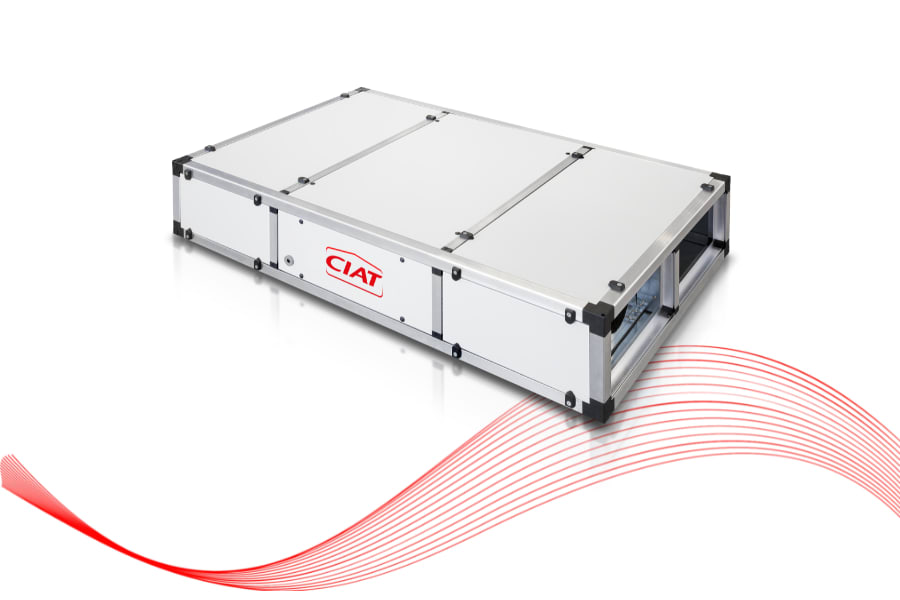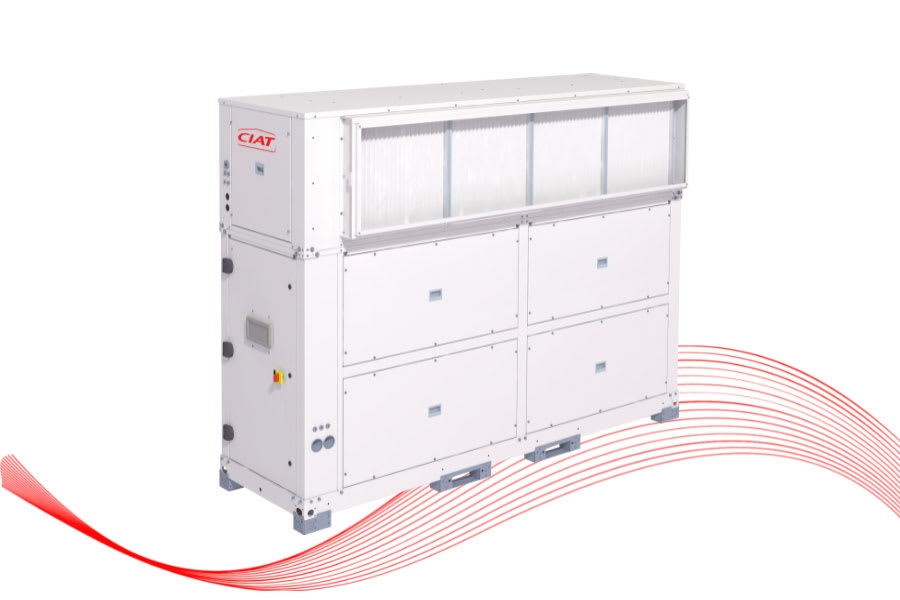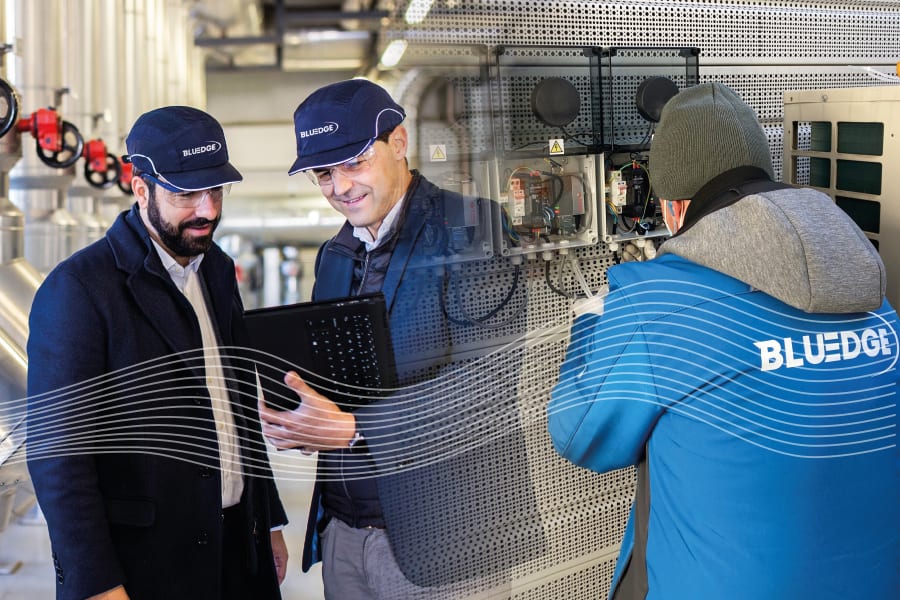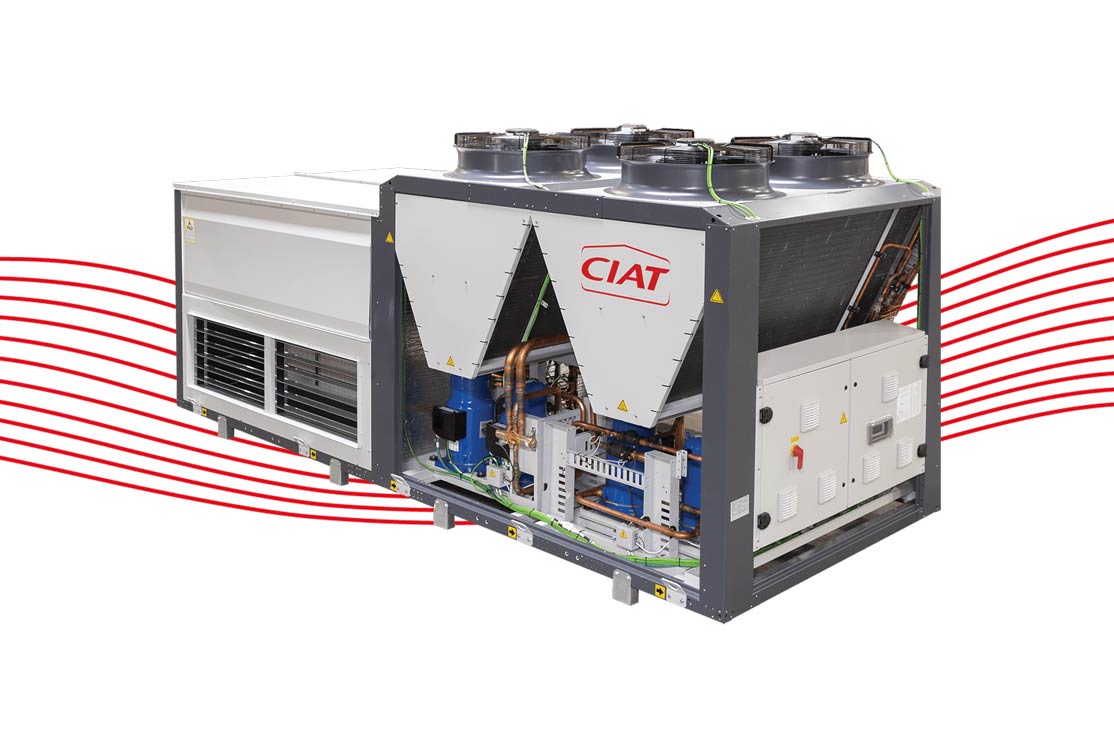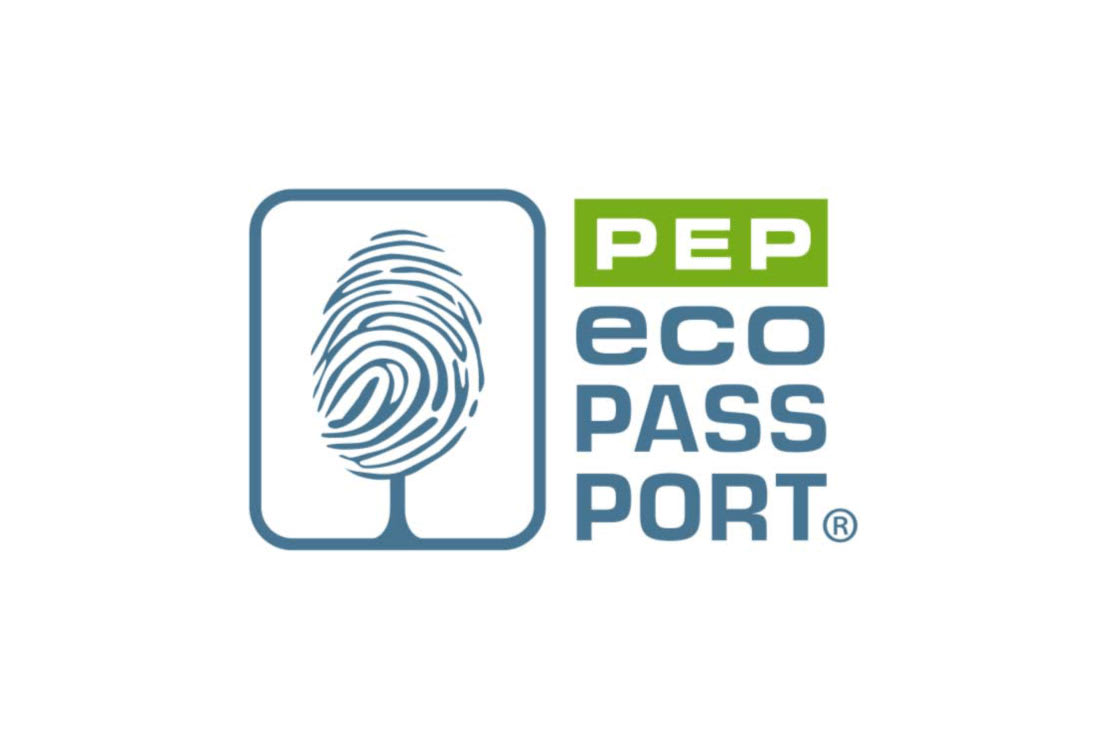Discover our dedicated solutions for each market

Healthcare
CIAT has a unique expertise in indoor air quality and biocontamination control.

Hospitality
CIAT offers specific solutions to improve customer comfort and optimise energy consumption in hospitality.

Industry
Dealing with major ecological and economic challenges, CIAT helps your industrial company to turn these challenges into truly strategic advantages.
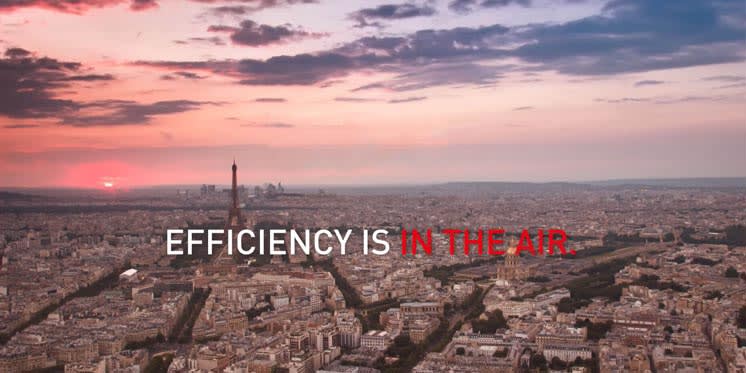
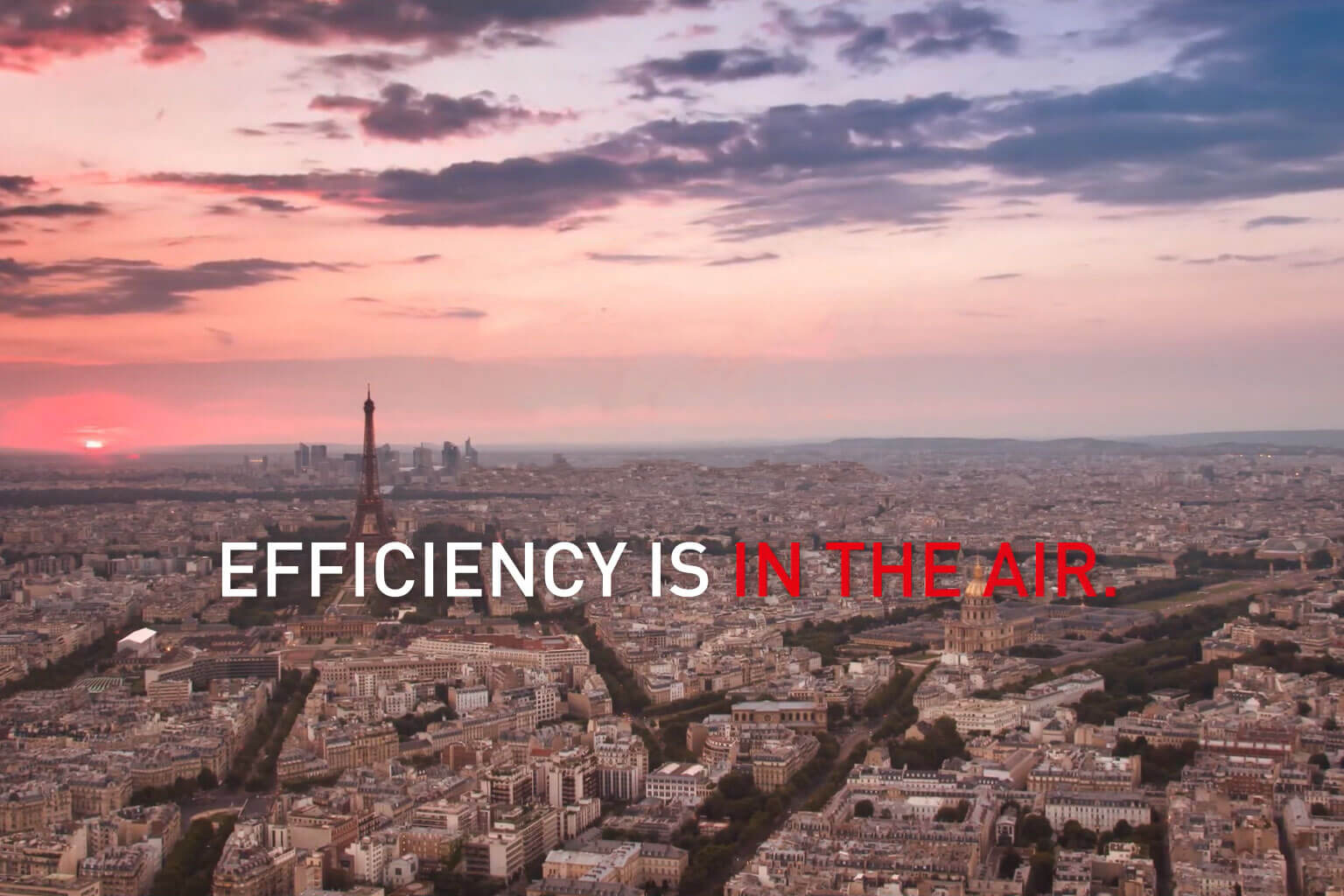
What efficiency means to CIAT
Trustworthy and committed, we're free spirits and real 'solution designers', making us a singular partner for singular needs. A partner who, beyond innovative technology in air treatment, guarantees efficiency recognised at all levels thanks to a relationship focused on basic human needs: support, availability, listening.
Looking for best-in-class services?
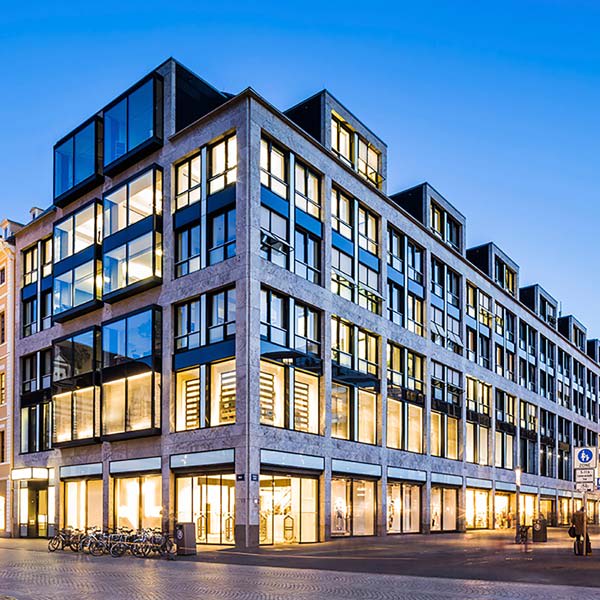
BluEdge service overview
A complete service solutions offer, for a total peace of mind.
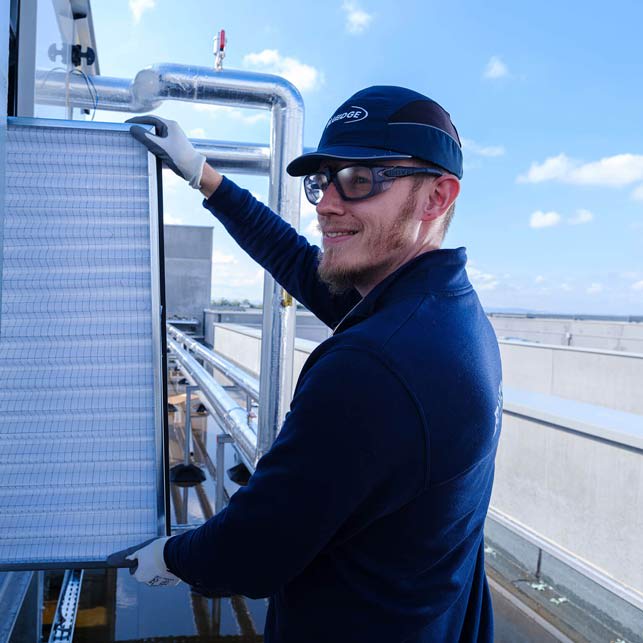
Operate, service and protect
We create a plan that ensures your equipment's peak performance during all its lifecycle.
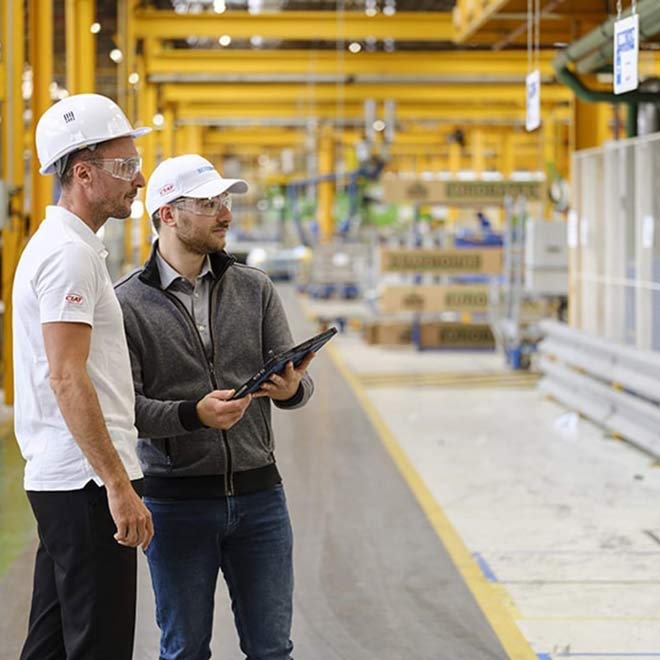
Controls
Your equipment is controlled and optimised 24 hours a day.


